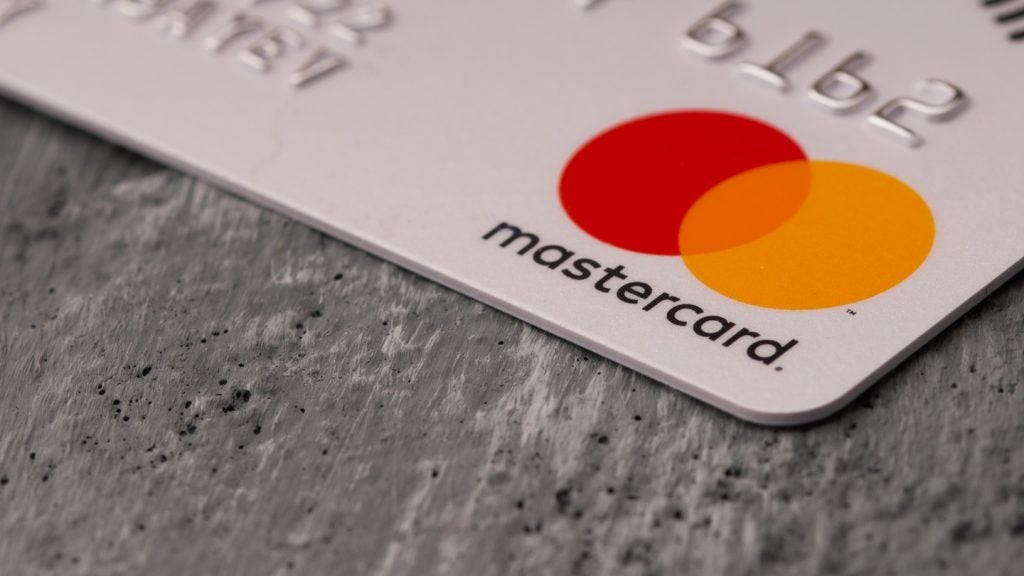The number of card payments made by consumers and businesses in the euro area has increased by more than two-fold during the last ten years, reveals a report by the European Central Bank.
As per the statistics, an average of 121 card payments per capita was recorded last year, versus 56 in 2008.

Access deeper industry intelligence
Experience unmatched clarity with a single platform that combines unique data, AI, and human expertise.
Despite a rise in the number of card payments, the average value of each card payment decreased from €54 in 2008 to €44 in 2018.
Card payments accounted for approximately half of the total number of non-cash payments across the single-currency area last year.
Credit transfers and direct debits, which made up about 23% each, were the second and third most common non-cash payment methods. E-money and cheques together accounted for nearly 7% of the non-cash payments.
The popularity of each type of payment service, according to the study, was quite different across euro area countries.

US Tariffs are shifting - will you react or anticipate?
Don’t let policy changes catch you off guard. Stay proactive with real-time data and expert analysis.
By GlobalDataLast year, card payments made up over 70% of all non-cash payments in Portugal, compared with approximately 23% in Germany.
Credit transfer was found to be very popular in Slovakia, accounting for about 44% of the total number of non-cash payments last year. In comparison, just 2.4% of transactions were made through credit transfer in Luxembourg.
Over the last decade, cheques’ popularity has waned rapidly, and it accounted for just 2.3% of total non-cash payments in 2018, compared with 8% in 2008.
France contributed nearly 85% of all the cheques written in 2018 in the euro area.







